Author: Guo Hehe
Since I don’t know when, the Internet has been reduced to only two extremes: black and white. Take car brands for example. Once a brand is labeled, there are no other noteworthy attributes. For example, driving performance must be sacrificed for comfort, safety equals boredom. It’s like a switch, there are no other options.
However, if you try enough cars, you will find that there are not just two extremes in the modern automotive industry. It’s already difficult to maintain your own character while ensuring balance. For example, let’s take today’s protagonist, Volvo. Everyone knows that it is the ceiling of automotive safety, to the point where everyone forgets how fun it is to drive.
There is a popular saying online: “Don’t challenge other’s livelihoods with your hobbies“. For other brands, driving on ice and snow is more of a standard for development and testing. However, for Volvo, which was born on the Scandinavian Peninsula, driving on ice and snow is as easy as picking up a package at the doorstep.

Although we may not have the opportunity to drive in the winter by the Jokkmokk Canal in the Strait of Kategatt, experiencing the fun of driving on ice and snow in the vast land of China is not difficult. Just drive to the northeastern region.
The models we drove for this ice and snow test drive were the B4 and B5 front-wheel drive versions as well as the T8 four-wheel drive version of the Volvo S60. As a global model, the Volvo S60 is one of the few in its class that maintains its original design without any lengthening.
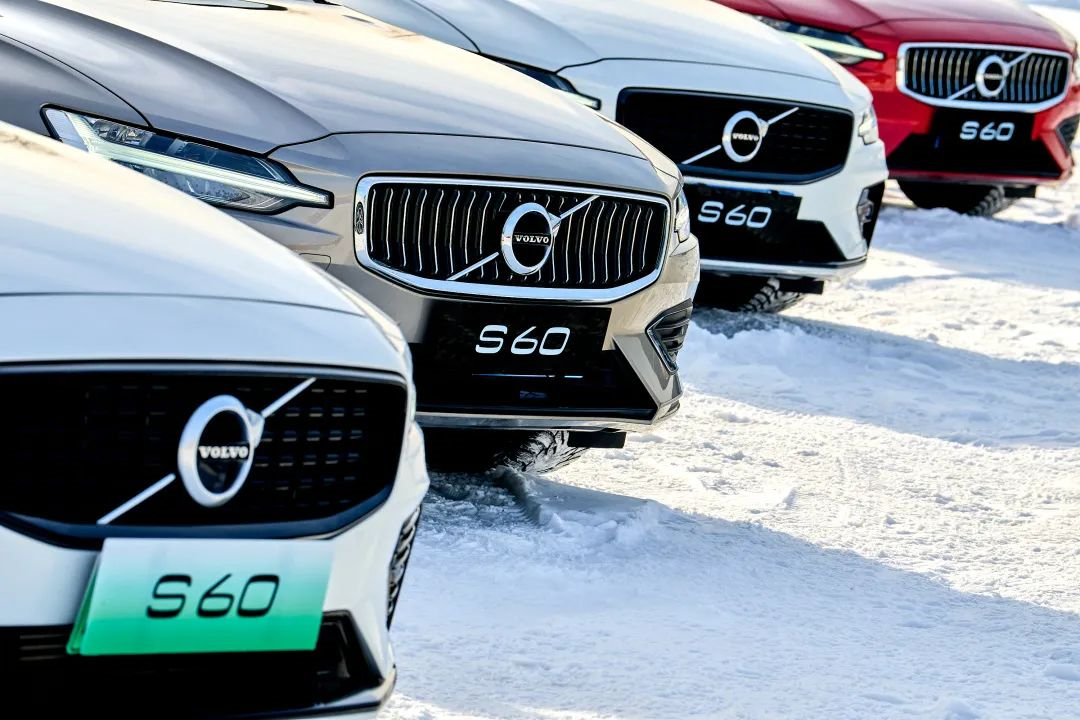
On the one hand, this generation has a longer wheelbase than the previous generation’s extended version, and the space performance has been optimized. On the other hand, adhering to the standard wheelbase means that the original driving calibration of the car does not need to be broken. Although it is a front-wheel drive model, the Volvo S60 uses a front aluminum double-wishbone suspension and a rear composite leaf spring suspension system. The lightweight design of the spring mass under the spring is very good, and the front suspension is made very long in order to keep the driver in the center of the vehicle as much as possible and reduce the impact on the vehicle’s center of gravity, allowing the front and rear of the vehicle to maintain balance. Therefore, the driving pleasure of this car is not weaker than that of its rear-wheel drive competitors in the same class.
Since the entire test drive was carried out on ice and snow roads, the organizer specially fitted all S60s with snow tires, so the performance of this test drive cannot be completely applied to daily use. Please be aware.
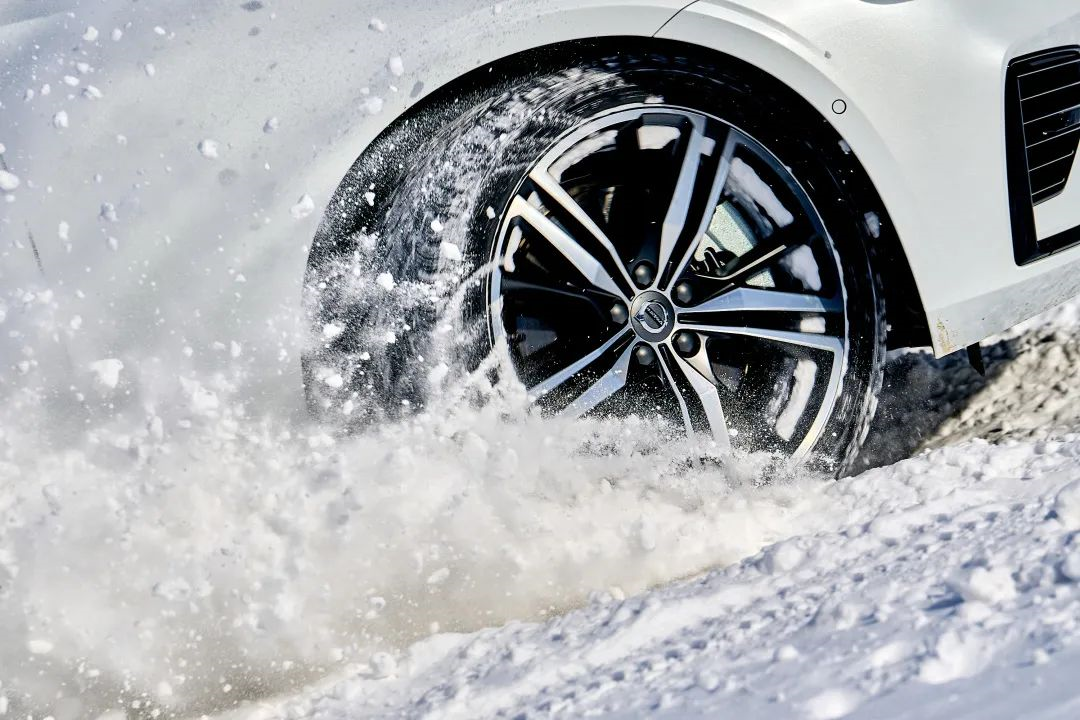 As we all know, Volvo is a brand that places great emphasis on safety, and the ESC (Electronic Stability Control) system cannot be completely turned off. Apart from the T8 version, all other versions of the S60 are front-wheel drive, with transverse front-wheel drive and safety tuning. Will this ice and snow trip be boring? Fortunately, as a brand known for its handling, Volvo has equipped the S60 with a “mischievous mode” called the “ESC Sport Mode”.
As we all know, Volvo is a brand that places great emphasis on safety, and the ESC (Electronic Stability Control) system cannot be completely turned off. Apart from the T8 version, all other versions of the S60 are front-wheel drive, with transverse front-wheel drive and safety tuning. Will this ice and snow trip be boring? Fortunately, as a brand known for its handling, Volvo has equipped the S60 with a “mischievous mode” called the “ESC Sport Mode”.
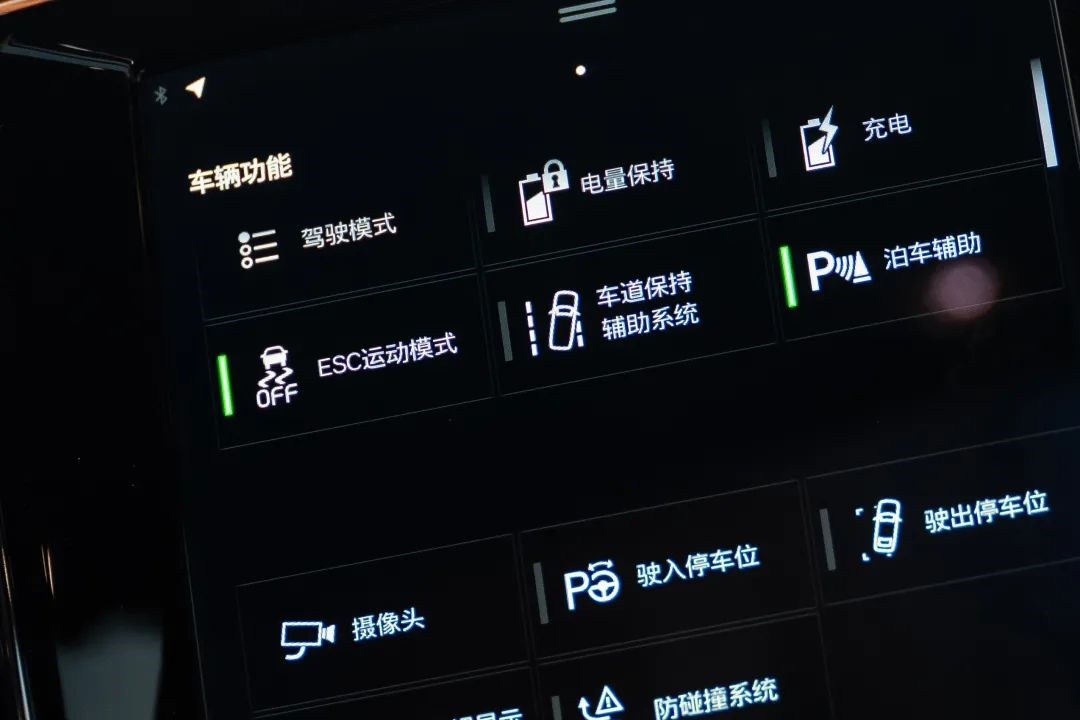
As the name suggests, the Sport Mode represents a more aggressive setting. Although ESC still cannot be fully turned off in this mode, the system will retain about 30% of ESC while maintaining vehicle sliding as much as possible under safe conditions.
To experience what’s different about this mode, the test drive projects were divided into two laps, with the first lap done with ESC fully on and the second lap done with ESC Sport Mode on.
The difference in S60’s performance between the two modes is quite obvious. With ESC fully on, the vehicle’s tracking performance is better, but it tends to push forward, and it is difficult to increase the cornering angle by increasing the throttle except by slowing down. On the other hand, after activating ESC Sport Mode, the vehicle can obviously slide more, but only to a certain extent. When danger is detected, the electronic system will take over the vehicle and the vehicle will return to its pushing state.

Because of the limitations of front-wheel drive, front-wheel drive vehicles cannot achieve drifting by instantaneously losing grip on the rear wheels by throttle, so how can we “catch shrimp” on ice?
Interestingly, if we do the opposite and accelerate first to create a tendency to push the car, and then steer and release the throttle, the vehicle’s weight will shift, the front wheels will gain grip, and the vehicle will turn into the center of the bend. At this point, stepping on the gas pedal will cause the vehicle to shift relatively dramatically, although not as exaggerated as a rear-wheel drive car, but the rear of the car can also achieve a nice slide.
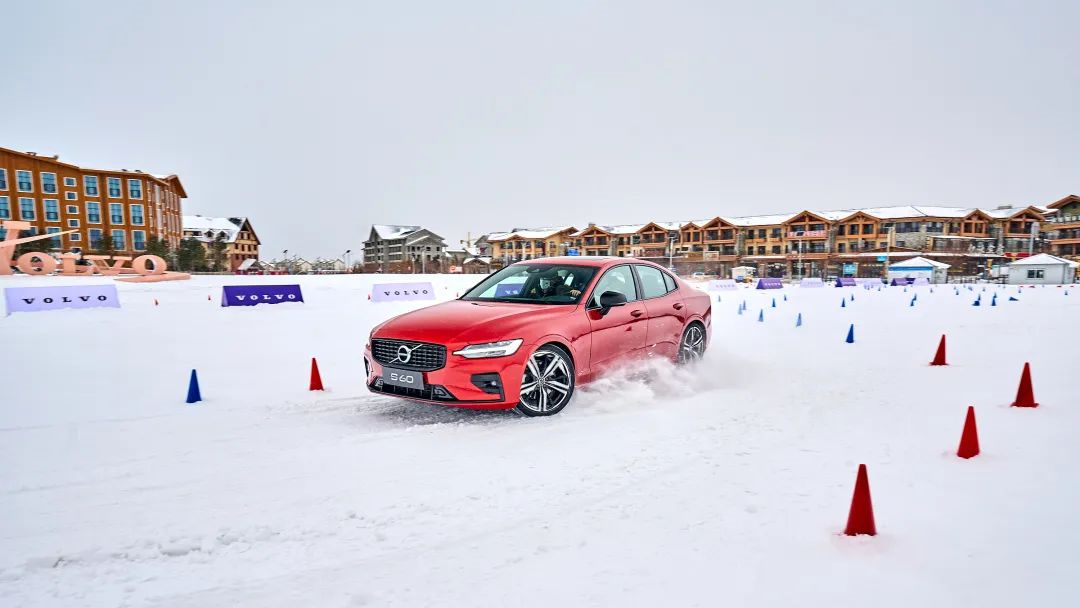
Although it is not possible to continuously increase the vehicle’s lateral displacement by stepping on the gas pedal deeply or to continuously perform drifting actions without interruption, it is fortunate that you do not have to worry about excessive throttle causing the vehicle to climb up the wall. When the system detects that the wheels have lost grip due to excessive turning, the AYC side-slip angle monitoring and II.TCS traction control system will take the initiative to help the driver stabilize the vehicle and avoid losing control.“`
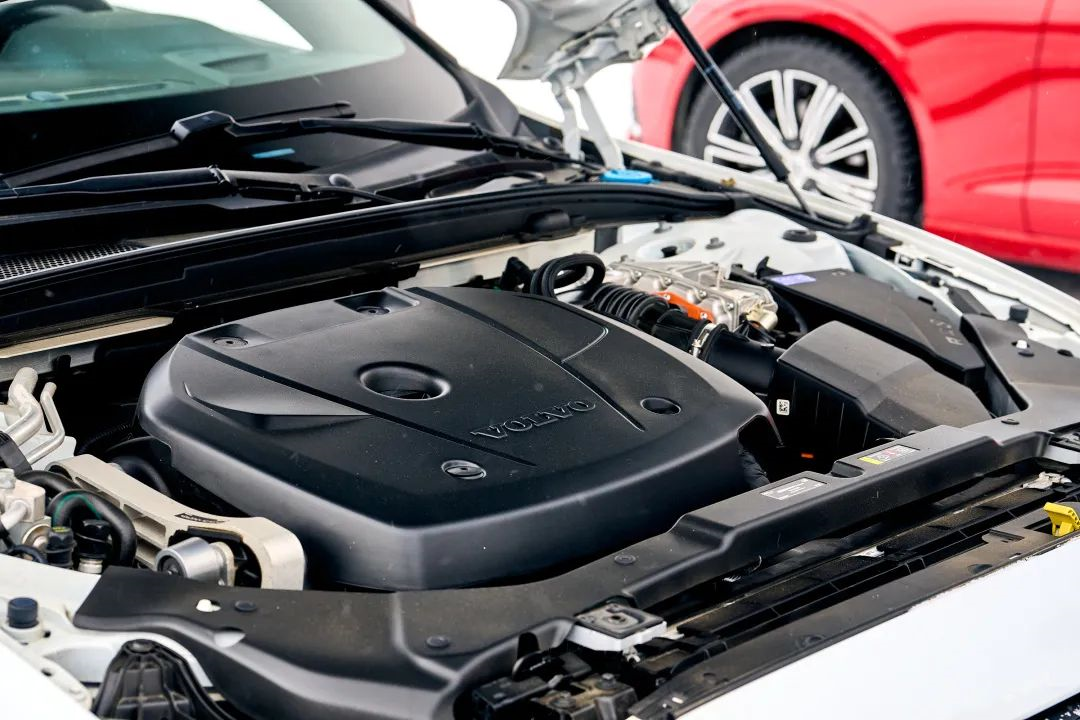
Combined system output of 288 kW and combined torque of 640 N·m, with an acceleration of just 4.7 seconds per hundred kilometers. Coupled with various driving modes, it is natural that I put all my expectations for this test drive on the S60 T8.
Compared to the B5 version with front-wheel drive, the T8’s four-wheel drive mode uses a front-axle engine and a rear-axle motor to collaborate. Therefore, in pure electric mode, the car naturally becomes rear-wheel drive. The biggest advantage of the motor is its ability to instantly explode maximum torque, so the magnitude of body sway and the sustained ability to drift are better than the front-wheel drive version.
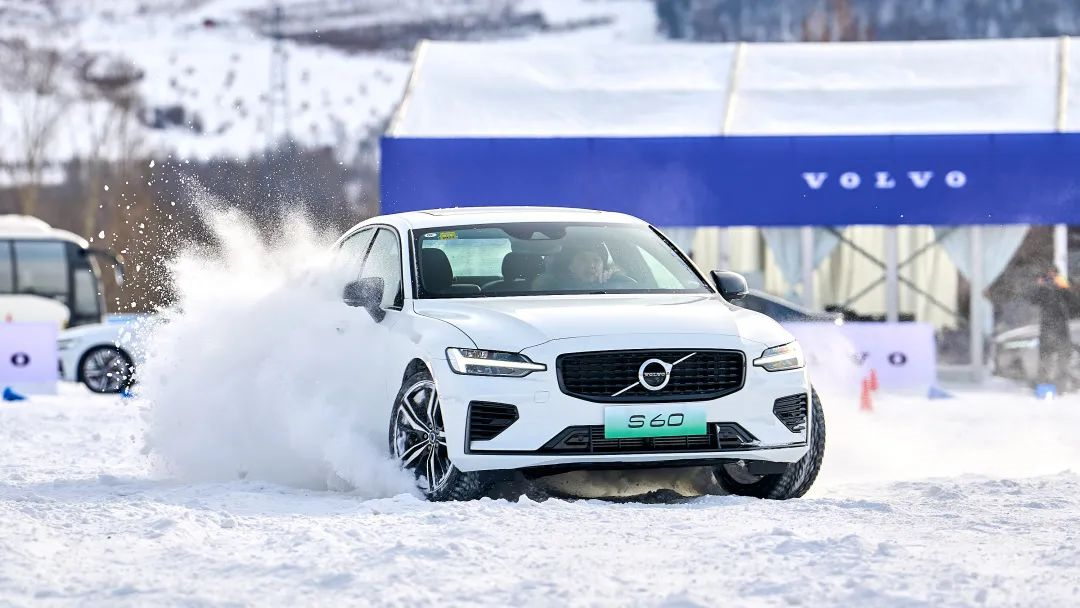
Slightly disappointing is that although the T8 version makes it easier for the body to enter a lateral state, the calibration of the four-wheel drive and ESC always fails to totally handover the car to the driver, and cannot achieve uninterrupted drifts like a rear-wheel drive car. After all, the power of the rear motor is only 65 kW and 240 N·m, even on low-grip icy and snowy roads, it is difficult to continuously break the grip of the snow tires.

After experiencing four rounds and two cars with ESC on and off in sport mode, my conclusion is that the body is more obedient and fun to drive when the electronic system is fully open.
When ESC is turned on, even in a high-throttle state, the start-up will limit the power output on the wheels to reduce the car’s sliding at the start. When braking, it will also maintain the maximum grip of the tires and avoid locking the wheels by high-frequency, uninterrupted braking, minimizing the distance the car slides and shortening the braking distance.
Volvo, you don’t need to please everyone
After summarizing the day’s test drive, if you want to indulge and play wild, the S60 indeed lacks the driving pleasure of a rear-wheel drive car. But for ordinary consumers, they hope more to easily control the vehicle on icy and snowy roads, rather than pursuing “losing control.” For drivers who are not exceptionally skilled or lack experience driving on icy and snowy roads like us southern drivers, the S60 is more like a patient driving school teacher. No matter how you explore the limits, safety is still the gene inscribed in the Volvo brand.
In fact, whether in the Swedish Touring Car Championship or in the WTCC, Volvo has been a dominating presence and it is also a brand that has grown from mechanical tuning experience on the track.
“`The definition of “handling” may have many colloquial definitions. Although it may not be able to compete with BBA in terms of volume, I do appreciate the character of Volvo. It doesn’t make the vehicle longer blindly, it doesn’t make it rear-wheel drive blindly, and having a character is a misunderstanding of Volvo by the public, as adhering to the bottom line is its greatest charm. I like this kind of brand that doesn’t pursue pleasing everyone. No brand can make all consumers happy, just like you won’t like everyone in the world, right?
This article is a translation by ChatGPT of a Chinese report from 42HOW. If you have any questions about it, please email bd@42how.com.
